Beef Industry and General Management
All Beef Industry and General Management Content
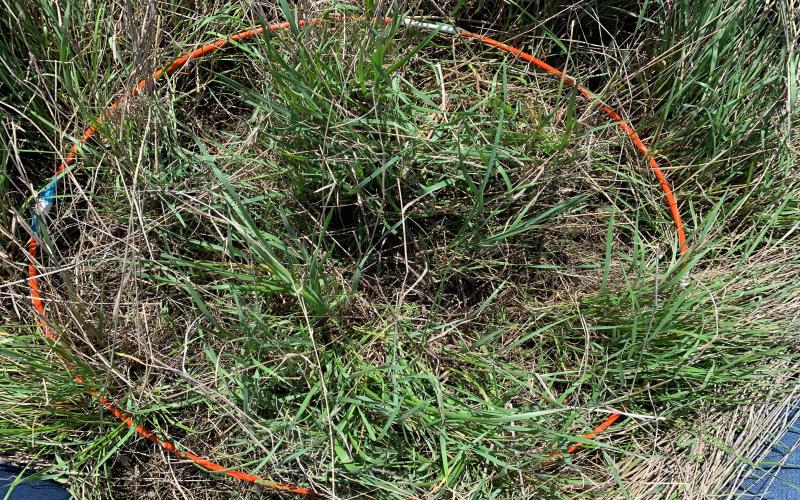
You Can’t Manage What You Don’t Measure: Range Record Keeping
Range record keeping helps detect and demonstrate landscape changes that have a direct impact on your ability to maintain or grow your herd.
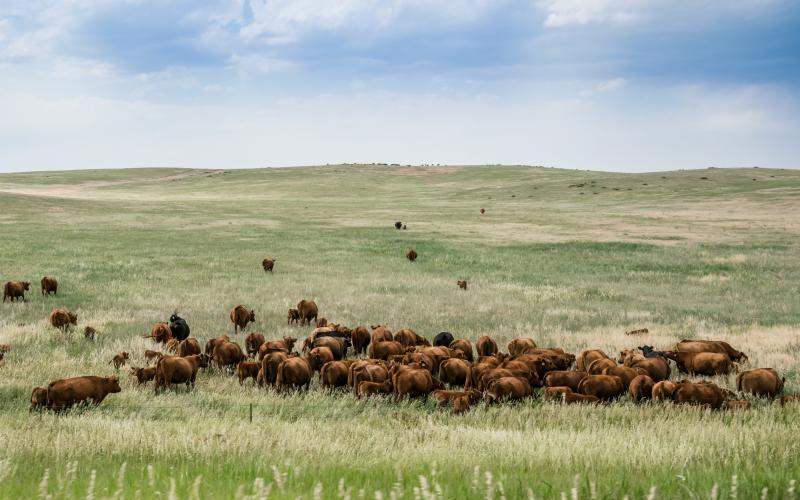
Beef
Home to more than 1 million head of cattle, South Dakota’s producers can rely on SDSU Extension for research-based information, best management practices and resources to support healthy and profitable herds.

Virtual Fencing Cattle HQ Live
Join SDSU Extension's beef team to gain valuable insights to improve the health, productivity and profitability of your herd. This month, we will discuss current virtual fence systems on the market, considerations for producers interested in utilizing this technology, and current research being conducted at SDSU with virtual fence.
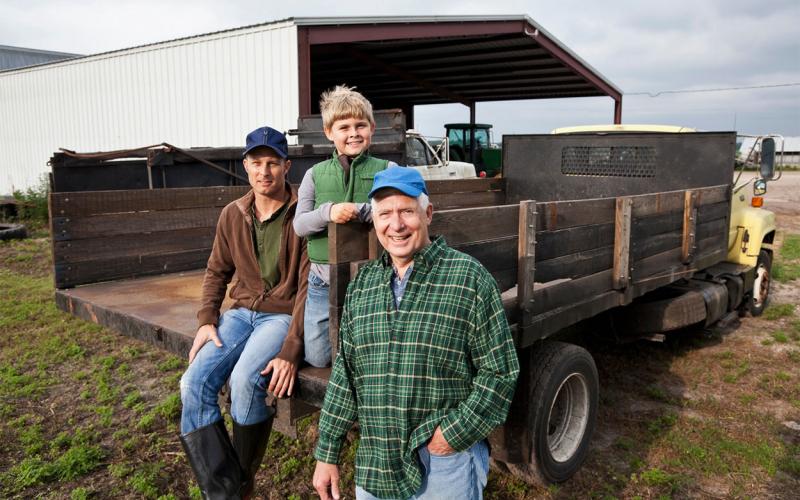
Compensation Calculator
This calculator provides a method for farm families to determine what the full value of the wages/salary and benefits being provided to employees, family and non-family are.
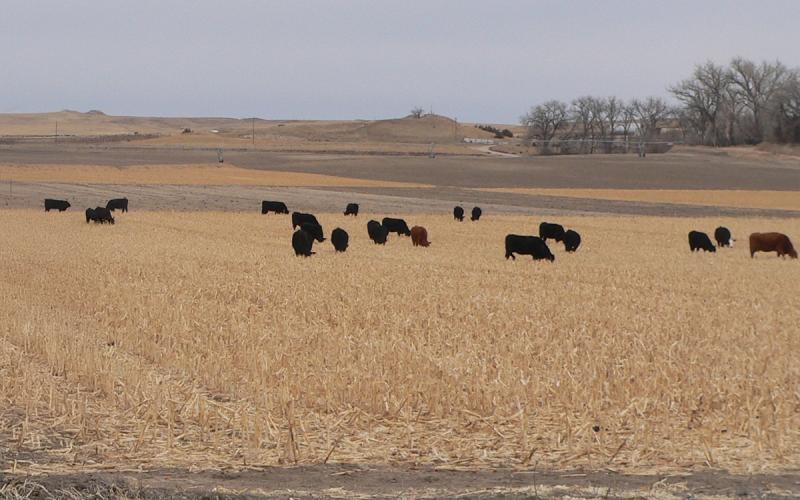
Why Cropland Grazing Now?
The evidence is consistent: cropland grazing delivers measurable economic returns, proven soil health benefits, and growing adoption in South Dakota.
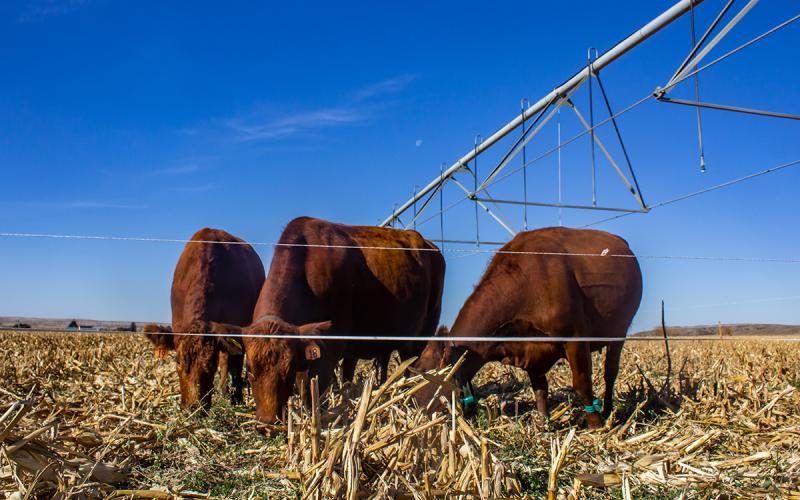
Stretch the Grazing Season by Grazing Corn Residue
Grazing corn residue can be an excellent strategy for stretching the grazing season. Learn some expert tips for making the most of corn residue before switching over to the feed tractor in the winter.
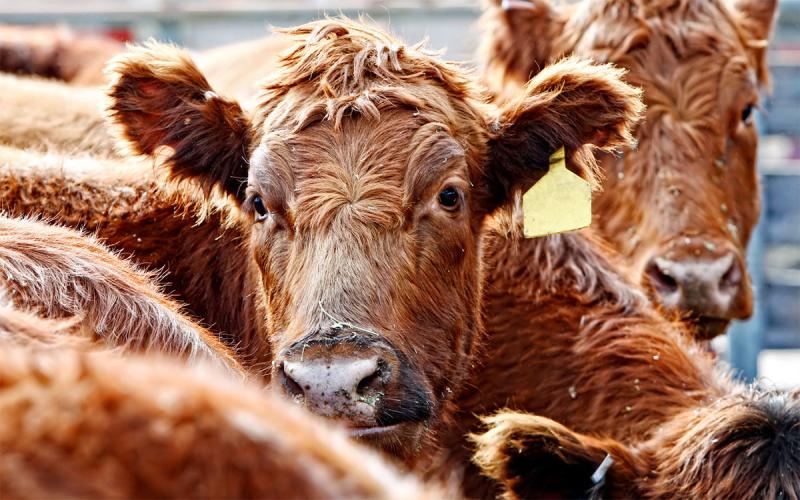
Livestock
South Dakota is home to a dynamic livestock industry.
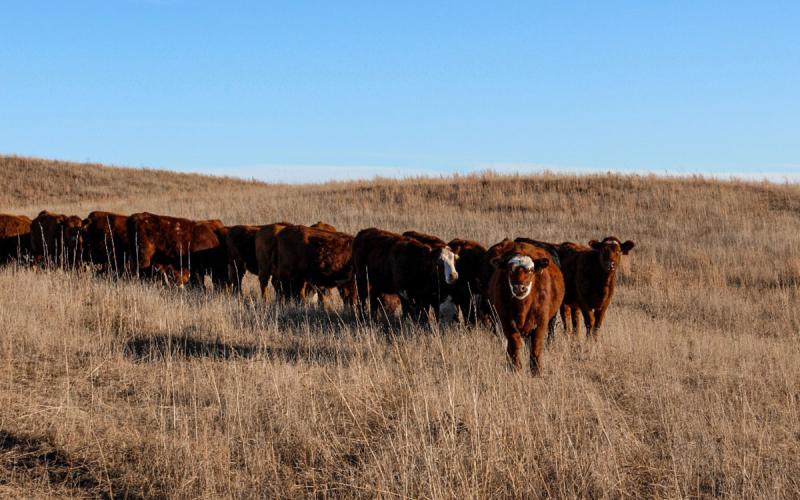
Fall Pasture Report: Considerations for Dormant Season Grazing
Recent fall rains across the region continue to improve soil moisture conditions in preparation for the dormant season. Unlike in years past, a fall green up has been in full swing for much of the region.

Tri-State Beef Technology Series @ Red Oak, IA
SDSU Extension, ISU Extension, and UNL Extension will host a beef technology series on November 14 from 10:00 a.m. to 2:30 p.m. CST in Red Oak, Iowa.
Rook named 2025 Friend of the Beef Industry
September 15, 2025
Michelle Rook has been named the 2025 Recipient of the South Dakota State University Friend of the Beef Industry award for her contributions to the South Dakota beef industry.